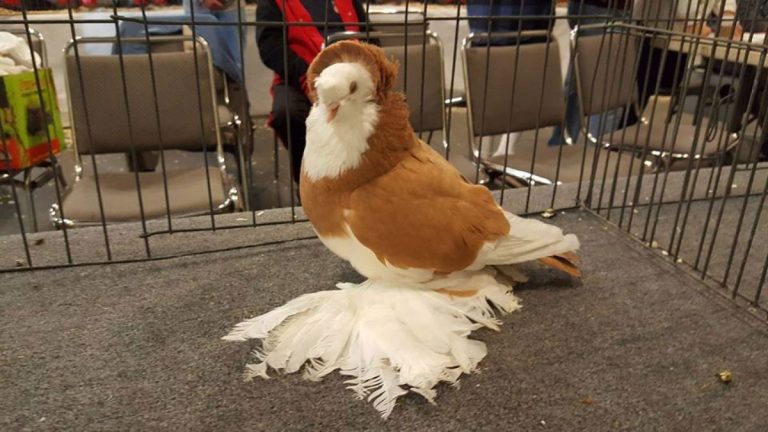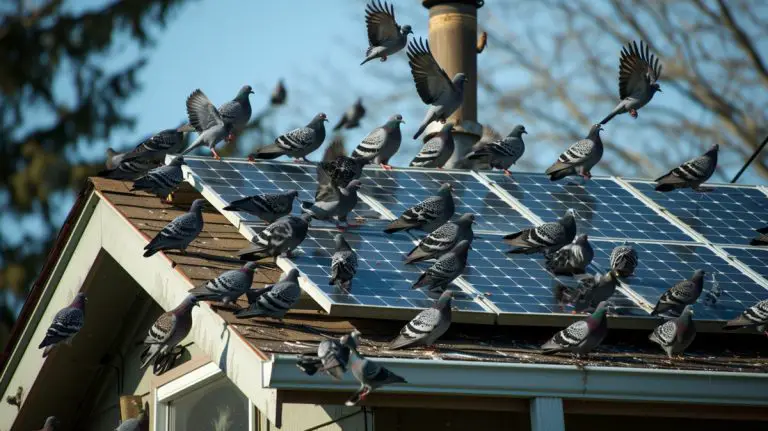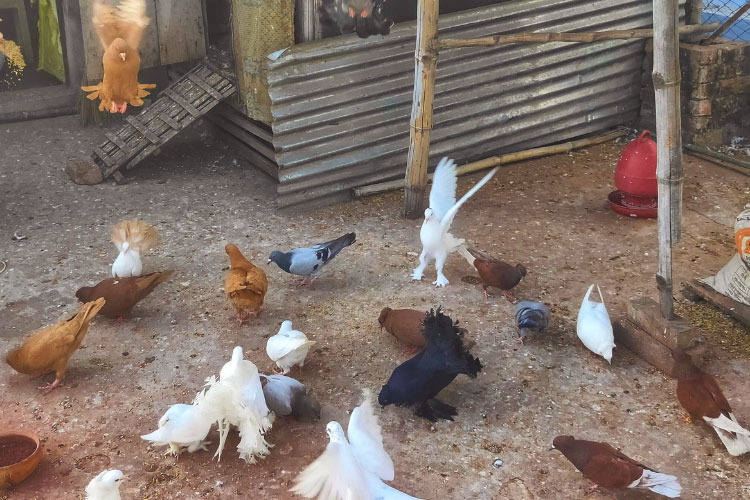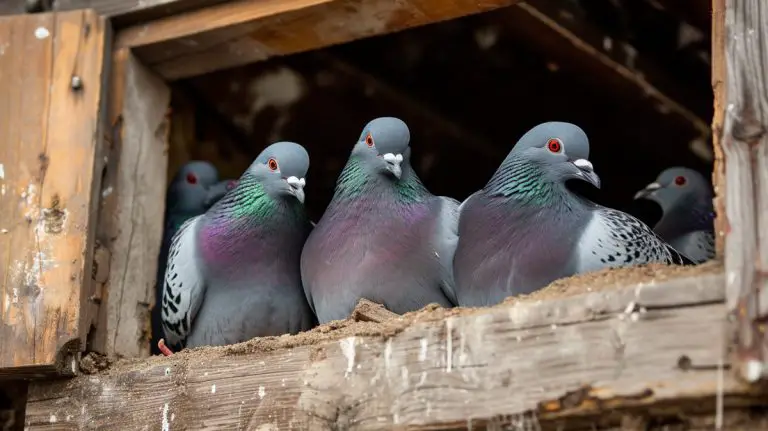The History of Pigeon Racing: From Ancient Times to Modern Day
In modern days, pigeon racing is among the multi-million entertainment sporting activities in the world with high popularity in Belgium. But what about the past? Where did this fascinating activity begin?
So, what is the history of pigeon racing? Officially pigeon racing began in Belgium in the early 19th century. However, pigeons were used as message carriers during many wars, including WWI. Nowadays, the race is popular in many countries, including the UK, France, the USA, and China.
With the current growing popularity of these races, investors from all over the world are showing great interest. Read on to learn more about pigeon racing from the ancient to modern days.
The Origin of Pigeon Racing
While the origin of Pigeon racing is widely recognized to be in the early 19th century, evidence points to earlier than that. Flying messenger pigeons are documented in Egypt in 3000 BC.
However, the cannonball run in Brussels, Belgium, which took place in 1818, became the most popular modern racing event. The race was long, and pigeons covered over 100 miles (160 Km).

The race involved the pigeons released many miles away from their nests, where they would race home. The homing pigeons were, however, specially trained which improved their speed significantly. The ability of these birds to find their nests from far is known as the homing instinct.
After the race, the races got more popular in the neighboring and far countries in Asia. Betting, which was present throughout ancient times, contributed to the growth.
When King Leopold II of Belgians gifted the Royal family racing pigeons in 1886, he helped start a racing loft in the United Kingdom. In the United States, regular racing began in 1878 and now has as many as over 15000 registered lofts.
Pigeon Racing in Ancient Times
Pigeons are often considered the oldest domesticated birds as they are traced in most ancient pieces. Rock doves, where most racing Pigeons descend from, are recorded in 1200 BC, during the reign of Ramses III.
Some articles suggest the races may go back to 220 AD but have no solid proof. The activity of flying messenger pigeons is, however, observed over 3000 years ago and was used to announce victors of ancient Olympics.

While history is fuzzy on these birds racing in earlier days, a known fact is that they played a key role. They were messengers between posts and aided in most military warfare.
These birds have several mentions in ancient Greek and Roman literature. During those times, they were used as carriers to deliver messages on military operations.
Pigeon Racing as a Form of Communication
The main purpose of Pigeons in the past is as messengers to deliver a written form of communication. The birds were transported manually, and when the time came, the message was strapped on their feet, and they were set free.
Due to the homing instinct, the bird will fly home, where the receiver will get the message and read it. Some birds could fly to and from, which was possible by making a feeding point at a destination far from the nest.

A messenger pigeon can cover over 100 miles to deliver a message, which they did during world war 1. The speeds of the birds when delivering a message vary with the weather conditions, among other factors.
In the late 19th century, Pigeons were also used to deliver important messages from Europe, used in newspapers. These messages included stock prices which needed to be published soonest before the prices change.
The birds were also used to deliver mail to the post office. The first Pigeon airmail was in New Zealand, established in 1896, and known as Pigeon-Gram Services. The bird can travel with a velocity of over 60 miles per hour, carrying mail.
The Emergence of Pigeon Racings as a Sport
As said above, the genesis of these races as a modern form of entertainment was in the early 19th century in Belgium. Shortly afterward, other countries, especially in Europe began taking part in these sporting activities.
However, the technology back then was not advanced, and racers struggled to determine the distance and time of the birds. Since thousands of birds take part in a race, each second is important and can be the difference in winning the race.

To identify the birds, owners sometimes painted their pigeons in different colors. However, the introduction of a unique ½ inch leg band changed the timing method. Once the bird flew home, the leg band was immediately removed, and the time was recorded to determine speed.
Pigeon Racing Today
In current days, pigeon fans and breeders are members of various registered clubs and associations in their countries. These clubs and associations organize racing events for the members.
One of the popular events is the “one loft race” where the birds race to the same loft. The associations pick the birds from the breeders who are members and train them in one loft.
Club races on the other hand involve the bird racing from the same starting position to the owner’s loft. The club owners are needed to own a loft to participate in this sporting event.
With over 300 breeds of selectively bred Pigeons nowadays, there’s also a growth in the cost of a Pigeon. According to Forbes, New Kim, a female pigeon from Belgium, was bought for a whopping $1.9 million at an auction.
Belgium leads with the best breeds in the world of racing and has had other high-cost pigeon sales. However, China and Taiwan are also known for quality breeds and expensive racing Pigeons.
Cultural Significance of Pigeon Racing
Pigeon races have contributed to the growth of communities and clubs in various regions of the world. The most fanciers are found in Belgium, a country full of Pigeon fans clubs, with almost every village having one. There are over 20,000 fans of this in the country.
Pigeon races are for everyone who is passionate about breeding these birds. This allows people from different walks of life to participate in the sporting activity they like.
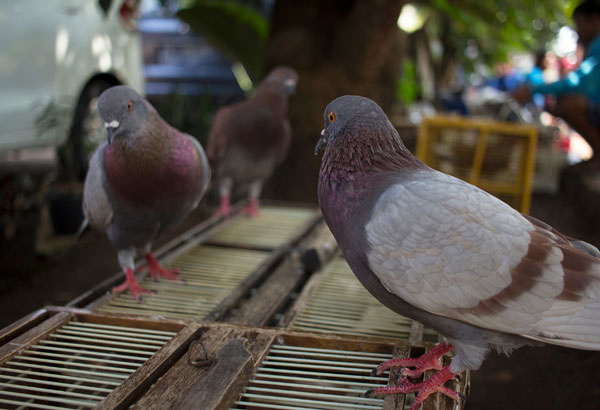
The races bring a lot of people together and every major event can bring over a thousand fanatics. Some races have been held for over 10 years which have brought participants to the same location every year.
In Belgium and the Netherlands, the pigeon race is the second most famous sporting event after soccer. These countries have over 35,000 breeding locations and host dozens of events annually.
Pigeon Racing in Different Regions of the World
There are popularly two forms of pigeon races over various parts of the world. They include club races and one-loft races. Depending on the club or organization you’re registered with, each club should have both.
The BHW show is an annual gathering of pigeons’ fanciers in the UK and Europe. So far there are 50 shows so far and take place in January every year. Over 1500 pigeons are on display from all over Europe.
In South Africa, a million-dollar pigeon race brings fanciers from all over the world. The price per Pigeon to enter the race is usually $1000, with a chance of winning the $1.5 million prize.

Chennai is often considered the capital of pigeon racing in India, with over 5000 fans. The New Madras Racing Pigeon Association is among the popular pigeon clubs in the area. This and many other thriving and active pigeon-racing fraternities positively impact the community.
Taiwan has the most pigeon racing events than other countries, with over 150 official associations. The country also has over double the number of unregistered associations racing amongst themselves. The high frequency is mostly because of gambling which attracts large numbers daily.
Downsides and Problems in Pigeon Racing
While the pigeon races have great cultural significance, they also have some downsides. One of them is the casualties, as not all participating pigeons successfully fly back to the nest.
In South Africa, after the Covid-19 lockdown, most of the pigeons were unready for the million-dollar race. According to the Peta organization, only 44 of the 373 Pigeons made it to the end of the race.
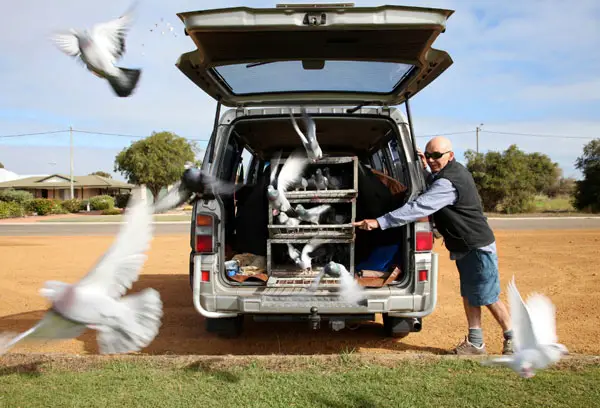
Some of the birds also died in the quarantine and training before the race ever began. The trainer on the event confirmed that over 1200 pigeons died over quarantine, including eight sent by the late queen of England.
The risk of diseases caused by Pigeons to humans has contributed to the low interest in racing events. Hypersensitivity Pneumonitis is among these diseases’ owners risk attracting the birds.
Also, most of the fanciers of the races are aging, and with no new generation of fans, the sport is losing traction. The few left are also more into betting than the actual racing event.
If you’re interested in learning more about pigeon racing, you might also be interested in our articles on the benefits of pigeon racing and what to do if you find a racing pigeon. Our article on the benefits of pigeon racing explores the physical, mental, and social advantages that participants and enthusiasts derive from this engaging sport. Meanwhile, our article on what to do if you find a racing pigeon provides helpful information and guidance on how to assist and care for a lost or injured racing pigeon.Final Words
Pigeon racing has developed over the years in both technology and breeds. Modern-day birds are faster, and the evolution in technology has advanced, allowing easy monitoring of them when they race. However, the changes in the climate have negatively impacted racing, with more deaths in races.
Financially, Pigeon race is a multi-million business and now attracts billionaire investors. The hope now is that racing can get back to its popularity as most of the new generations are less interested.

